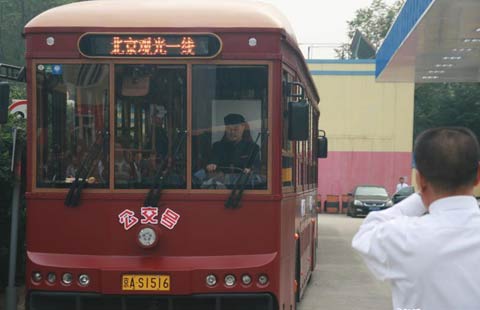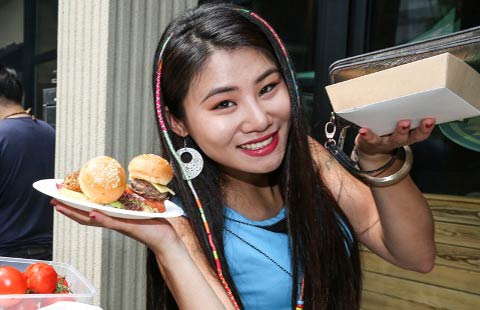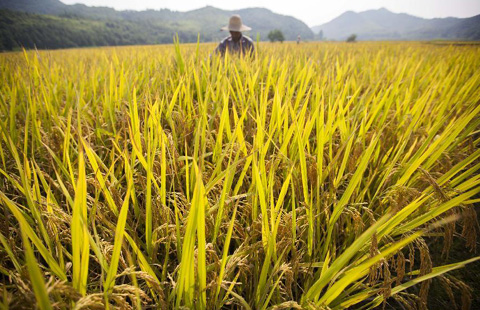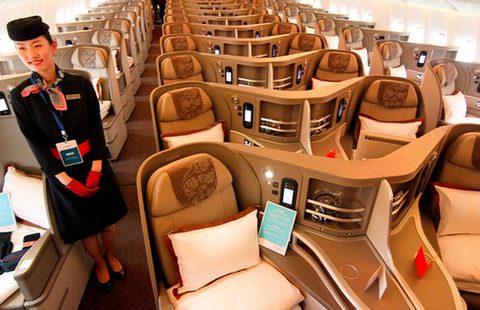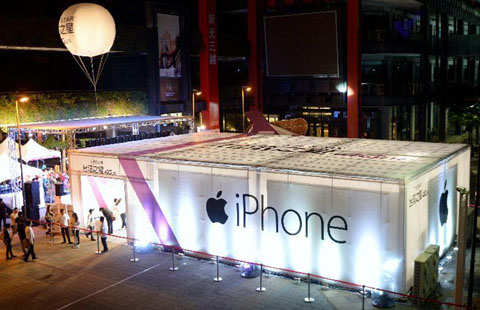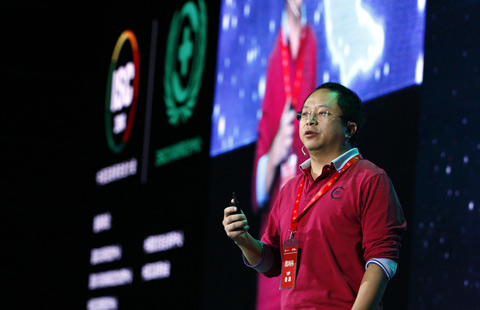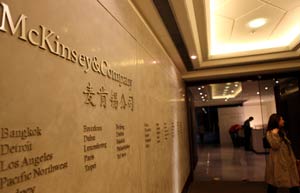Manchester's Chinese community
(China Daily) Updated: 2014-09-29 06:57
In the 1950s and 1960s, Chinese immigration to the UK expanded rapidly with many migrants settling in Manchester. In the 1970s, a new wave of immigrants came to Greater Manchester to join family and friends. Most of those migrants were from Hong Kong.
More recently, more Chinese mainland migrants have arrived in Manchester seeking educational and employment opportunities.
In Manchester, many Chinese live in areas such as Longsight, Levenshulm, Rusholme and Cheetham Hill.
There are six Chinese supplementary schools in Greater Manchester. Cantonese supplementary school first appeared in the 1970s. In the 1990s, Mandarin learning also became important at supplementary schools.
The Chinese supplementary schools grew out of a need for Chinese children to learn English and Cantonese, to help restaurant owners or gain work in the catering business.
Chinese immigrants have brought their faith with them to Manchester. Manchester is home to the first Taoist-Buddhist temple in Europe, which is the Guan Yin Temple, established in 1984.
In 1986, Manchester became a sister city to Wuhan to stimulate business links. In 1987, the Chinese Imperial Arch in Chinatown was built jointly by the two cities.
The buildings in Chinatown are predominantly old cotton warehouses that became vacant following the cotton famine in the 19th century. The empty buildings were cheap to rent or buy, and facilitated the growth of Chinatown.
The first Chinese supermarket was opened in 1973 by Woo Sang, followed by another by Wing Yip in 1977.
Between 1984 and 1987, Simon Jones' Siyu, the first UK Chinese magazine, was published in Chinatown. In 2004, William Ong started Chinatown, a popular magazine that describes all aspects of Chinese life in the Northwest.
Source: Manchester Chinese Archive
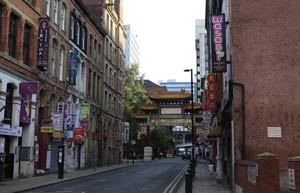 |
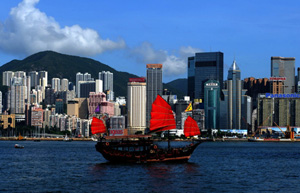 |
| Northern city throws its doors open | Top 8 immigration destinations for wealthy Chinese |
- Alibaba pays $459m for stake in Chinese hotel tech company
- Golden Week to see record train travelers
- Dutch dairy giant eyes further success in China
- China approves 2 more private banks
- Chinese regulator urges tougher bank risk control
- Chinese economy takes 12.3% of world total in 2013
- Replicability key to Shanghai FTZ success
- Aggrieved companies 'should go to court'
